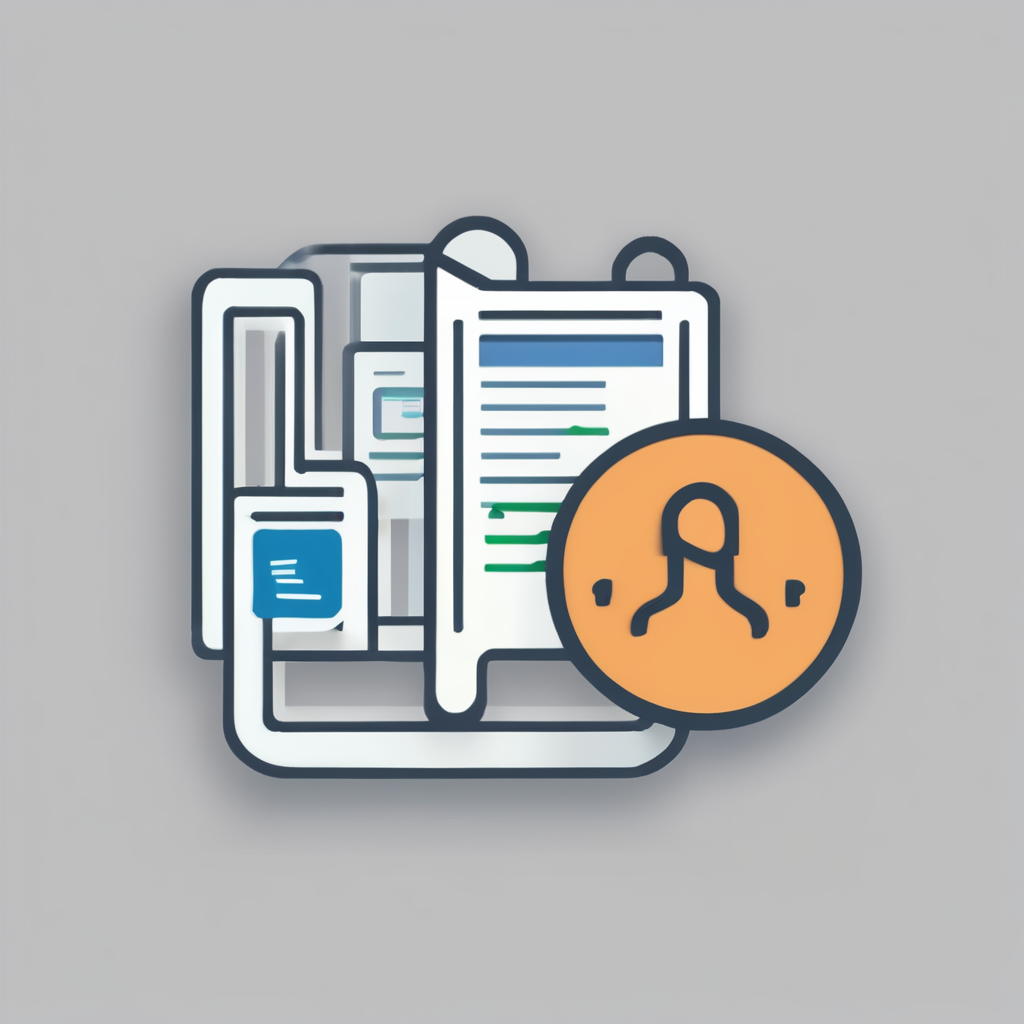Unveiling the Long-Term Effects of Distance Running on Joint Health: A Comprehensive Analysis
Distance running, whether it’s a casual jog around the block or training for a marathon, is a popular form of exercise that offers numerous health benefits. However, it also comes with its share of risks, particularly when it comes to joint health. In this article, we will delve into the long-term effects of distance running on joints, exploring the causes, consequences, and preventive measures that runners can take to protect their joints.
The Impact on Joints: Understanding the Mechanics
Distance running involves repetitive impact and stress on various joints, particularly in the lower limb. Here’s a breakdown of how running affects these joints:
Also to read : How Can Lifestyle Changes Improve Your UK Health Experience?
The Knee Joint: A Hotspot for Running-Related Injuries
The knee joint is one of the most vulnerable areas for runners. Patellofemoral pain syndrome, commonly known as runner’s knee, is a prevalent issue among runners. This condition arises from poor biomechanics in the knee, which can be traced back to tight hamstring and calf muscles, or poorly conditioned quadriceps[2].
“Knee pain can be deceptive. While the discomfort is localized to the knee, the root of the problem often lies in pelvic and hip mobility,” explains Dr. Jerry Yoo, a running specialist. “Tight hips throw off your alignment, forcing extra strain on the knees. Over time, this can lead to chronic pain and even injury.”[1]
Also to see : What are the Latest Health Innovations Emerging in the UK?
To mitigate this, runners can focus on improving hip mobility through exercises like the wall squat with reach and the hooklying breathing exercise. These movements help in aligning the body properly and reducing the strain on the knees[1].
The Lower Leg and Foot: Areas of High Stress
The lower leg and foot are also subject to significant stress during running. Achilles tendonitis and plantar fasciitis are common overuse injuries in this area. These conditions are often caused by load and rate of load, tightness and stiffness in the foot, ankle, and calf complex, and sudden changes in running terrain or shoe drop[5].
“A sudden increase in mileage or intensity, loading with improper mechanics, or running too much in minimalist shoes can lead to movement deficits and increase the risk of injuries like Achilles tendonitis,” notes Haas, an expert in running injuries[5].
Risk Factors and Warning Signs of Overuse Injuries
Understanding the risk factors and early warning signs of overuse injuries is crucial for runners to take preventive measures.
Common Overuse Injuries in Runners
Here are some of the most common overuse injuries runners face:
- Patellofemoral Pain Syndrome: Characterized by pain around the kneecap, this is often due to poor biomechanics, weak or unconditioned quadriceps, hamstrings, and glutes[2][5].
- Achilles Tendonitis: Caused by load and rate of load, tightness in the foot, ankle, and calf complex, and sudden changes in running shoes or terrain[5].
- Anterior Compartment Tendinopathy: Pain in the front of the lower leg, often resulting from increased mileage without adequate rest[4].
Warning Signs to Watch Out For
Runners often push through discomfort, but there are specific warning signs that indicate it’s time to stop and reassess:
- Persistent or Progressively Worsening Pain: If pain persists or worsens as you run, it’s a clear signal to stop and seek medical advice.
- Pain After Workouts: Pain that flares up after a workout, or soreness the next day, is a red flag.
- Changes in Running Form: Limping or cramping during runs are indicators of underlying issues[4].
Preventive Measures and Treatment Options
Preventing overuse injuries involves a combination of proper training, recovery, and equipment.
Proper Training and Recovery
- Gradual Increase in Mileage: Avoid sudden increases in mileage or intensity to give your body time to adapt.
- Adequate Recovery: Ensure you have enough recovery time between workouts. Milica McDowell, a physical therapist, compares training without adequate recovery to pouring a pitcher of water without ever refilling it[4].
- Strength Training: Incorporate strength exercises to strengthen the glutes, quadriceps, and other muscles that support running. For example, side planks with clams and resistance, standing hip abductions with bent knees, and lateral step downs can be beneficial[5].
Equipment and Footwear
- Proper Running Shoes: Ensure your running shoes fit properly and provide the necessary support. Rocker soles, for instance, can reduce the load on the Achilles tendon and forefoot plantar pressures, but may not be suitable for everyone[3].
- Custom Orthotics: For runners with specific foot issues, custom orthotics can help alleviate problems such as patellofemoral pain syndrome[2].
Table: Comparative Analysis of Common Running Injuries
| Injury | Common Causes | Symptoms | Treatment Options |
|---|---|---|---|
| Patellofemoral Pain Syndrome | Poor biomechanics, tight hamstrings and calf muscles, weak quadriceps[2][5] | Pain around the kneecap, dull ache to moderate pain[2][5] | Glute strengthening, proper gait analysis, Kinesio Tape, Graston Technique[2][5] |
| Achilles Tendonitis | Load and rate of load, tightness in foot, ankle, and calf complex[5] | Pain in the Achilles tendon, stiffness in the morning[5] | Rest, ice, compression, elevation (RICE), physical therapy, custom orthotics[5] |
| Anterior Compartment Tendinopathy | Increased mileage without adequate rest[4] | Pain in the front of the lower leg[4] | Rest, physical therapy, proper training adjustments[4] |
Practical Insights and Actionable Advice
For runners looking to protect their joints and avoid common overuse injuries, here are some practical tips:
Improve Your Running Technique
- Gait Analysis: Have a run coach analyze your form to identify and correct poor biomechanics that could lead to injuries.
- Posture and Alignment: Maintain proper posture and alignment during runs to reduce strain on your joints. For example, avoiding a forward lean can help keep your hips and knees in better alignment[1][4].
Strengthen Your Core and Glutes
- Functional Strength Exercises: Incorporate exercises that strengthen your glutes and core, such as side planks, standing hip abductions, and lateral step downs. These help in stabilizing your lower limb and reducing the risk of injuries[5].
Choose the Right Footwear
- Rocker Soles: Consider using rocker soles if you have issues with ankle or foot mobility, but be aware of their limitations and potential drawbacks[3].
- Custom Fit Orthotics: If you have specific foot issues, custom fit orthotics can provide the necessary support and alleviate running-related problems[2].
Distance running is a rewarding and beneficial form of exercise, but it requires careful attention to joint health. By understanding the mechanics of running, recognizing risk factors and warning signs of overuse injuries, and implementing preventive measures, runners can significantly reduce the risk of long-term joint damage.
As Dr. Royer from Harmony Chiropractic notes, “Rest can help alleviate symptoms for a short period, but it is not going to cure the problem. Addressing the root cause through proper exercises, footwear, and biomechanics is crucial for long-term health.”[2]
In the end, it’s about finding a balance between pushing your limits and listening to your body. With the right approach, runners can enjoy the benefits of distance running while protecting their joints for years to come.

